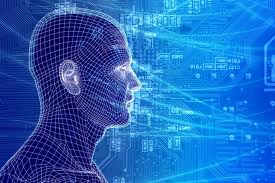Reflections on Software-based Decision Science in Healthcare
Software-based decision science has an increasingly meaningful application to health care diagnostic protocols. Since the goal is to sift through the noise to find the signal,there is no reason not to use computer diagnostic tools as the consulting specialists to extract, or at least identify, substance and variation within the data. Ideally, this would be in tandem with physical diagnosis from skilled physicians trained to interpret the finer nuance in any given clinical context.
A recent article by The New York Times’ Katie Hafner discussed some of the developments in the field of computer-assisted diagnostics. It’s understandable that these tools have yet to be integrated into the standard of care for the reasons the article raised, and others – the tools are incomplete just like a physician’s knowledge base, the software takes training and investment to both employ and utilize, and the tools would require extra time in a moment when there isn’t any to spare (a work flow nightmare, as medicine is currently practiced). More importantly, use of these diagnostic tools would be complementary to hands-on care, and not meant to directly replace clinical medicine, which means the benefits might seem less real/immediate, since they’re downstream (accurate diagnosis –>improved quality & safety –> better hospital metrics –> higher reimbursement). But obviously the end goal is to save lives, which is the most important downstream benefit.
It’s probably no surprise then that I wholeheartedly agree with the idea espoused in the article, that improving the accuracy and immediacy of diagnosis is just as important to patient quality and safety as reducing medication errors and lowering the the risk of other adverse events. We all need reminding that there is a non-trival cost to diagnostic incompetence, especially in the context of the astounding statistic that diagnostic mistakes account for 15% of the errors that harm patients.
Back to the software for a minute: an obvious but interesting point this article raises is that these diagnostic tools would be managed by a person (the list of symptoms would be generated by the clinician him/herself). This means that inputs are derived from human intelligence and still subject to human error/negligence (of relevant but seemingly irrelevant symptoms, or things completely missed because they weren’t even considered symptoms/variables in the clinical pathway). In any case, these tools can definitely improve human pattern recognition and help map symptoms against probabilistic diagnoses, but the point is, each is most powerful with the other.
